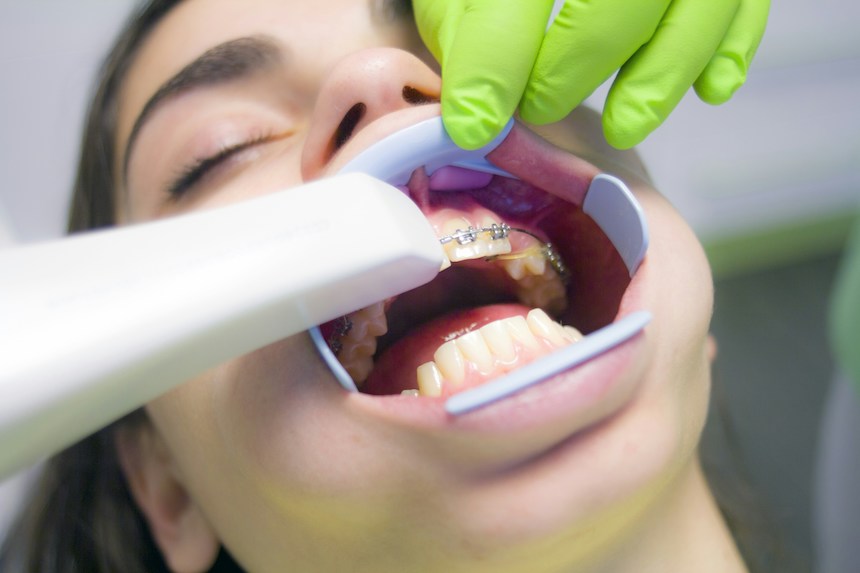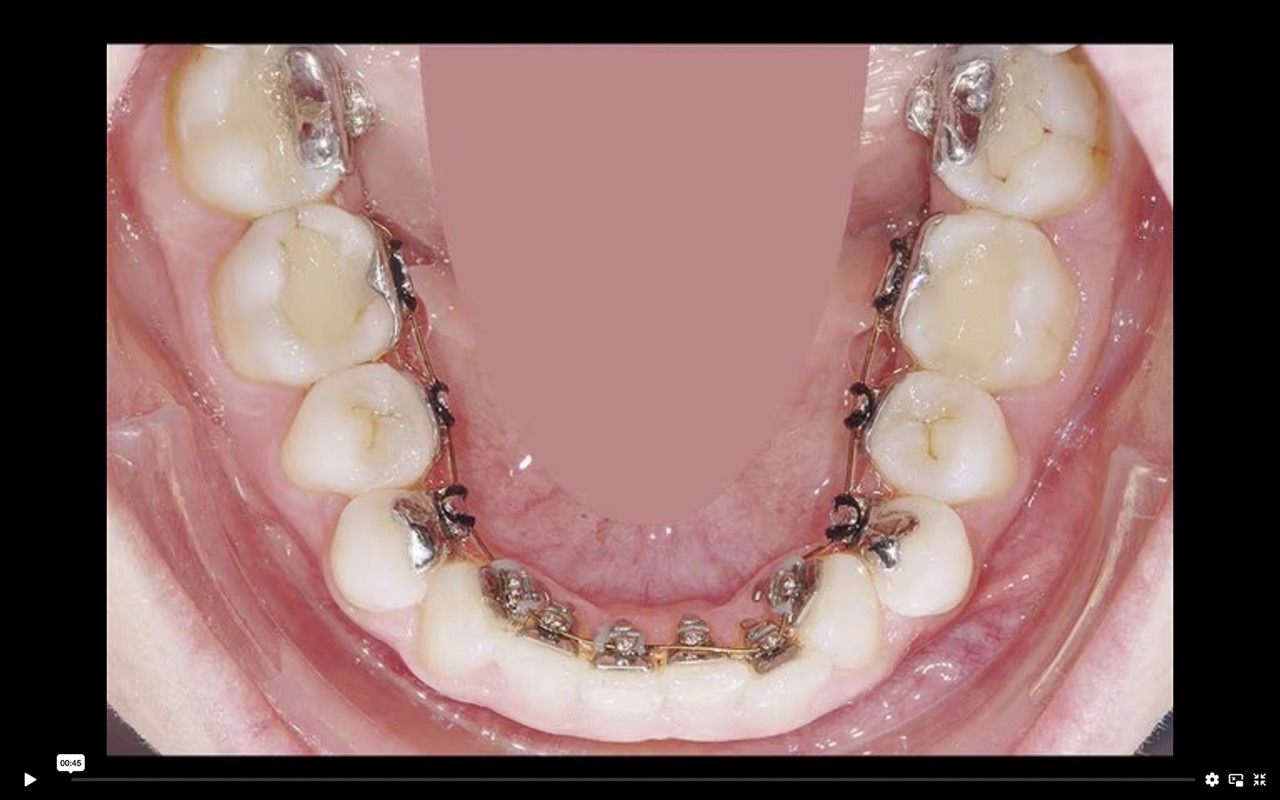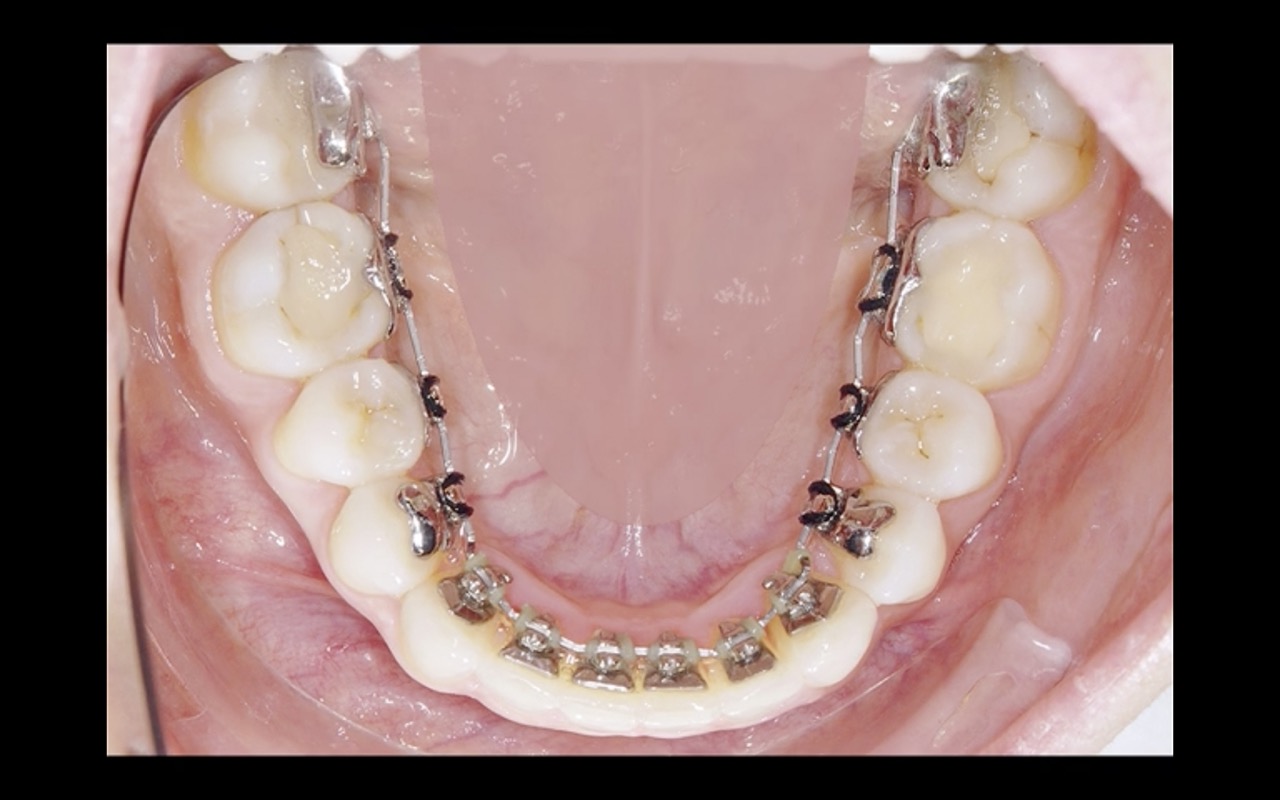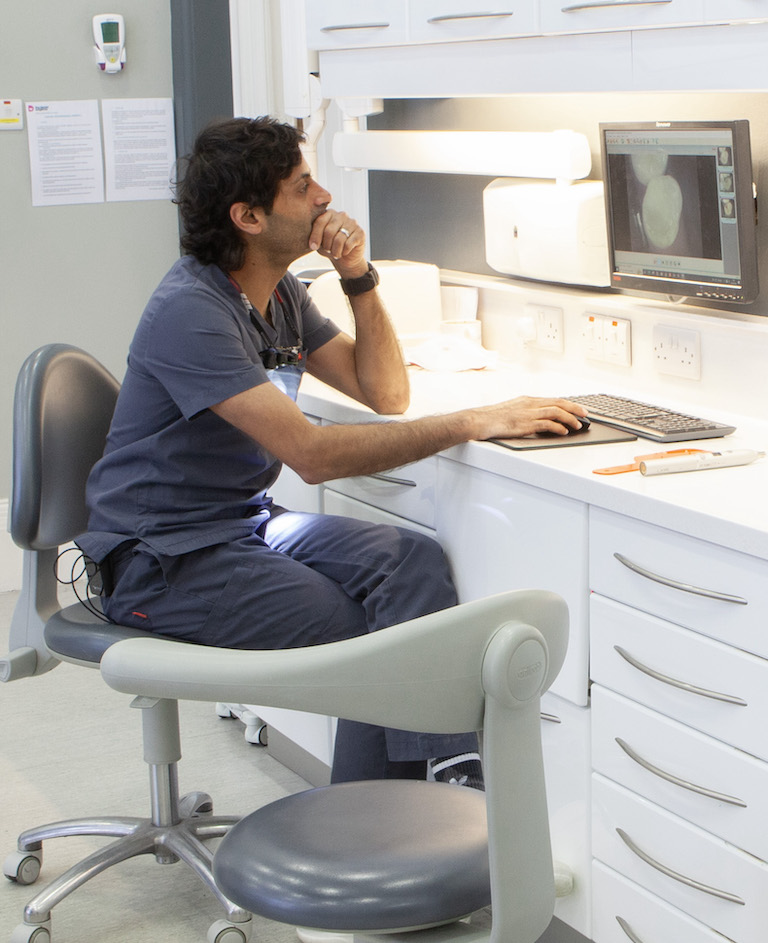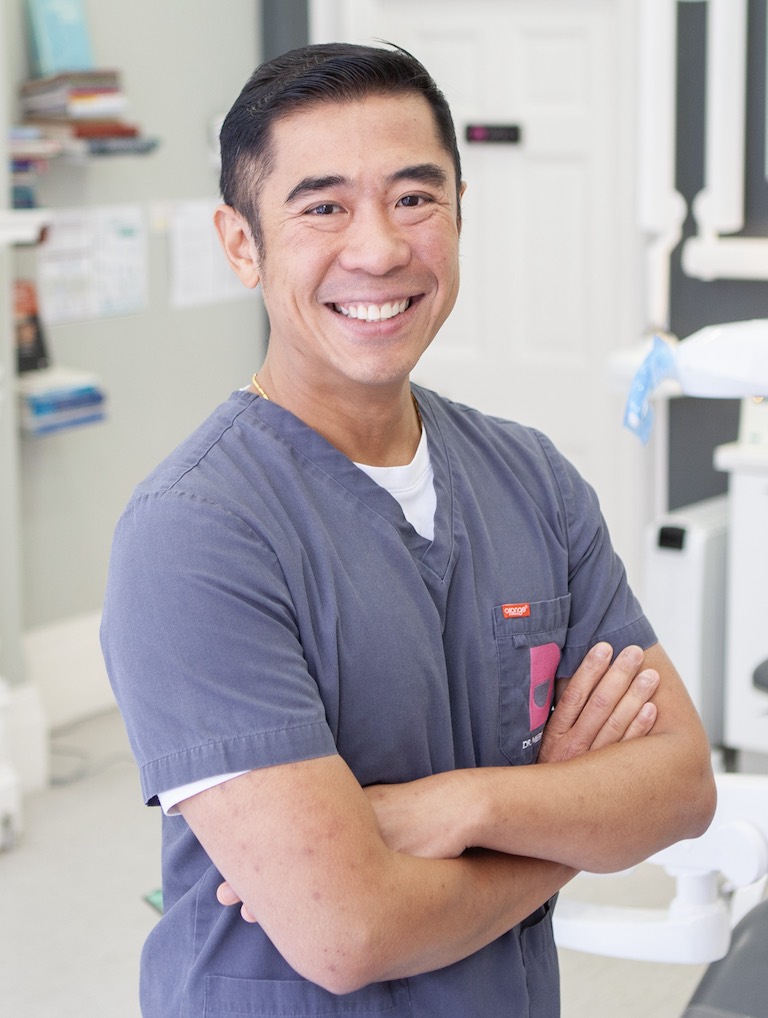Teeth Straightening
Orthodontics is all about realignment and repositioning of your teeth into a more aesthetic and functional position.
What is Orthodontics?
You may be aware that your teeth are not as straight as you would like them to be. This may be how they developed when you were younger or may be starting to occur as you age. Children and younger patients tend to have their teeth straightened more routinely, however with the advent of more discreet solutions adults can now enjoy the benefits of orthodontics as well. Orthodontics is all about realignment and repositioning of your teeth into a more aesthetic and functional position.
Few people have naturally perfect teeth, but with the help of orthodontic treatment, whether through cosmetic braces such as the clear ceramic braces, low friction Damon braces, the virtually invisible Invisalign braces or the truly hidden lingual braces, you can have a beautiful smile you can be proud of.
If you have any further questions please ask a member of the team and we will be more than happy to answer any of your queries.
Before & After
Our approach
In our approach to orthodontics, we employ a largely non-extraction technique of gently expanding the jaws to accommodate the correct number of teeth. This is called Orthopaedic Orthodontics.
We achieve a natural looking result, often faster than traditional extraction orthodontics in both adults and children. We also use the latest virtually invisible Invisalign technique and also Lingual Braces without attaching metal or even clear braces and wires to the outside of the teeth. Dr. Chin, who is a specialist orthodontist, is certified to use the Invisalign Orthodontic System. This is a computer-generated series of clear trays that fit the teeth very accurately and can hardly be seen even from close up.
Often, cases which are not considered suitable for Invisalign treatment, because of our orthopaedic orthodontic speciality we are able to pretreat very narrow jaws or patients who have major discrepancies between upper and lower jaws with internal virtually invisible appliances. We are then able to proceed to finish treatment with Invisalign on most of the cases considered to be outside the range of Invisalign.
We are therefore able to use Invisalign in the majority of cases previously only treated with visible ‘train tracks’.

Our credentials
Mervyn Chin BDS, MSc(Ortho), MOrthRCS, PhD, is a specialist Orthodontist. Mervyn holds a Bachelor of Dental Surgery degree from the National University of Singapore, Master of Science in Orthodontics from the world-renowned Eastman Dental Institute of University College London, Membership in Orthodontics from the Royal College of Surgeons of Edinburgh and a Ph.D. in Medical Sciences from the University of Groningen, Netherlands.
He has a wide range of clinical experience in both adult and child orthodontics. He maintains an up-to-date expertise in the latest orthodontic technology including micro-implants, self-ligating braces and invisible braces. He is an Invisalign Platinum accredited practitioner.
Mervyn’s excellence has been recognised by the award of the prestigious WJB Houston Scholarship by the European Orthodontic Society during the years 2004 to 2007. He was also awarded the Ubbo Emmius Scholarship by the University of Groningen. He is an active member of the European Orthodontic Society and has presented several papers at their annual conferences. He is also a member of the British Orthodontic Society.Besides his busy clinical career, he maintains a keen interest in orthodontic research and publishes and reviews articles in several international journals in the field of Orthodontics and Biomaterials.
Mervyn is very friendly and approachable, and greatly enjoys working with his patients to improve their smile and facial appearance through orthodontics.
Frequently asked questions
Why should I straighten my teeth?
Orthodontics can treat a whole range of different conditions such as tooth crowding, protruding teeth, cross bites and gaps between teeth. It can also help you to keep your teeth and gums more healthy by making your daily cleaning easier. A well-aligned set of teeth is much easier to keep clean than teeth that are awkwardly positioned and crooked.Some people have jaw and bite problems. These problems can occur when your teeth or jaws are in the wrong position so your teeth don’t meet in an even manner. This can be corrected using various braces often with aesthetic brackets or clear aligners that apply gentle forces to the teeth to help them to a new position and enhance functional and facial harmony.
What are the different types of orthodontic braces?
There are two types of orthodontic braces, fixed and removable. Different combinations of braces may be used to treat individual cases. Removable braces are used for simple treatment, and work by exerting gentle pressure. Fixed braces give more precise guidance and have brackets and bands temporarily attached to the teeth.
What will my orthodontist do?
The first appointment will take approximately 30 minutes. A brace will not be fitted at this session. At this stage we will use the time to assess your problems, discuss the orthodontic treatment plan that will be necessary and the optimum time to start treatment. We will also take into account your own concerns, your dental development and your oral hygiene. Patients who are not ready to start treatment will be reviewed at a later date. For those who are ready to start immediately, we will make an appointment to take dental records, this includes dental study models, photographs and possibly some x-rays.Orthodontic treatment involves wearing a brace (appliance) that is specially made for you. These can be of modern design such as the low friction Damon system braces or the ultimate in cosmetic braces, with near invisible aligners called Invisalign braces. Depending on the type, the appliance can move your teeth into position; guide the way your jaw grows, or even widen your jaw to make room for crowded teeth. Occasionally, it might be necessary to extract some teeth if your mouth is very crowded.
How long will treatment take?
Most people need to wear their brace for about two years, but this varies greatly depending on the age of the patients, the problems to be dealt with and the type of braces used. You can make a difference by looking after and wearing your braces properly. Broken braces and missed appointments will slow your treatment down. We now also use Damon braces that can reduce treatment time by several months. What you need to remember is that this is a team effort and the success and speed of your treatment depends on the partnership between you, the dental nurses and your orthodontist.
How often must I wear my aligners?
Invisalign only works while you are wearing the aligners. We recommend that you wear your aligners full-time, day and night, except to eat, brush and floss your teeth-or as directed by your orthodontist.
Are there restrictions on what I can eat and drink?
In general, no. Unlike traditional orthodontics, you can usually eat and drink whatever you desire, because you remove your aligners. Thus, there is no need to restrict your consumption of any of your favourite foods or snacks, unless instructed otherwise.
How often must I see my orthodontist?
We will schedule regular appointments – usually about once every 4 weeks. This is the only way that I can be sure that the treatment is progressing as planned.
Will wearing the Invisalign aligners affect my speech?
Like all orthodontic treatments, aligners may temporarily affect your speech, and you may have slight lisp for a day or two. However, as your tongue gets used to having aligners in your mouth, any lisp or minor speech impediment caused by the aligners should disappear, usually within 24 hours.
Will the treatment be painful?
Some people experience mild tooth soreness for a few hours after starting each new stage. This is normal. It is a sign that the Invisalign aligners are working – sequentially moving your teeth to their final destination. Most of my patients report no soreness at all and any discomfort you may have is never of a severe nature.
Will my mouth be suitable for invisible orthodontics?
As a specialist orthodontist with a specialised interest in orthopaedic techniques the majority of cases in my hands are treatable, where other orthodontists may not accept them as Invisalign cases. In these complex cases pretreatment with internal invisible appliances is employed for a short time. This will then produce a situation which can be treated successfully with Invisalign.

